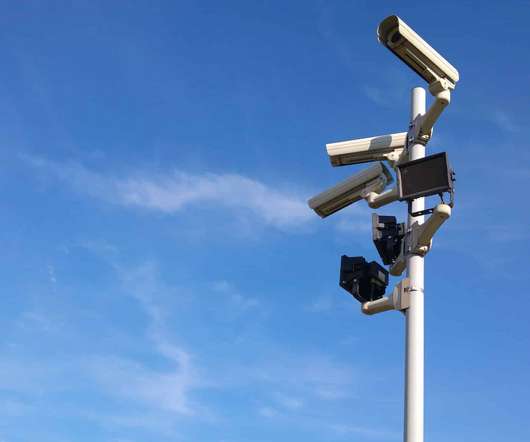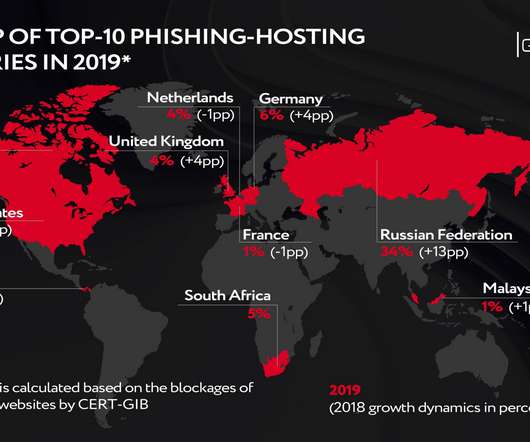A man faces up to 25 years in prison for his role in operating unlicensed crypto exchange BTC-e
Security Affairs
FEBRUARY 6, 2024
. “According to the indictment, between 2011 and July 2017, Aliaksandr Klimenka, 42, allegedly controlled BTC-e, a digital currency exchange, with Alexander Vinnik and others.” Klimenka also allegedly controlled a technology services company named Soft-FX, and the financial company FX Open. million withdrawn.



















Let's personalize your content